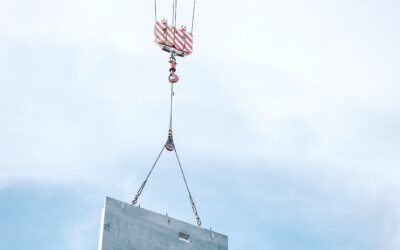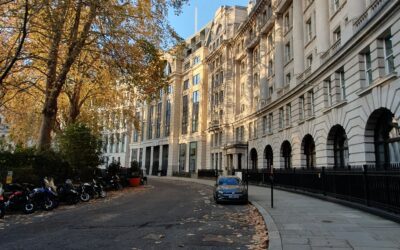The fourth anniversary of the Grenfell fire tragedy has just passed. An event that highlighted the systemic failure around fire safety and building regulations regarding the use of unsafe aluminium-composite material (ACM) cladding on buildings.
Lets take a look at how things are now and the impacts on leaseholders and property owners.
Four Years on: Are our buildings any safer?
The short and quick answer is no. Over 400 other high rise buildings surveyed around the country have been found to have external wall materials similar to those used on Grenfell Tower. There have also been more recent tower block fires that show that serious fire hazards in high-rise buildings continue to remain a threat.
The Grenfell inquiry’s recommendations so far have focused, primarily, on fire-safety legislation, the readiness and operational challenges of emergency services and removing the unsafe cladding from buildings.
Prior to the pandemic, the government had pledged to inspect and review all high-rise buildings in England by the end of 2021. This process has been slowed down due to COVID.
How does this impact Leaseholders or Property Owners?
The removal of unsafe cladding and installing fire safety features in older buildings is a slow and expensive process.
It is likely that leaseholders and residents could end up paying for it. For example, Leaseholders of an East London tower that caught fire in May remain liable for £3.1m of the £11.6m cost to fix their building complex.
Many leaseholders and property owners are also currently unable to sell, being trapped in flats which are currently unsaleable and un-mortgageable either because the building has unsafe cladding or because the safety or otherwise of the cladding has yet to be determined.
They are dealing with the crushing emotional and financial burden of a building safety crisis that threatens many with losing their homes and bankruptcy.
Homeowners are often unable to say what the materials in their buildings’ facades are and whether they are safe, making £0 valuations common.
Surveyors and mortgage lenders are requiring building owners to demonstrate that cladding meets Advice Note 14’s criteria. If they cannot, the properties are valued at well below their true value or even zero, deeming them worthless.
Some property owners have resorted to turning to firms that pay cash for unwanted properties at cut prices, with some even selling at a 40 per cent cut on their asking price.
What is the guidance around the EWS1 form?
The new RICS guidelines seek to clarify when an EWS1 form is required.
Buildings of any height with high pressure laminate (HPL) cladding warrant an EWS1 form.
Buildings which are five storeys or higher with combustible cladding with balconies that are linked or vertically stacked with combustible materials such as timber will also need a certificate.
For buildings over six storeys, an EWS1 form will be needed if there is cladding or curtain wall glazing.
Meanwhile, for buildings of five or six storeys, a certificate is required where there is significant cladding, which is confirmed by RICS as approximately one quarter of the whole elevation.
A certificate is also required if there is HLP, metal composite material (MCM), or if aluminium composite material (ACM) panels have been used.
For buildings of four storeys or fewer, a form is needed if there are ACM, MCM or HPL panels present.
Properties which are five or six storeys tall will not need to be inspected if they do not have ACM, MCM or HPL cladding or if any cladding used covers less than a quarter of the building.
The guidance also said if a lender or valuer is sure a building owner has met the criteria in the consolidated advice note which was issued by the government in January 2020, an EWS1 form will not be needed.
A form will also not be needed for buildings taller than 18 metres with a valid building control certificate in accordance with building regulations.
Buildings which already have an EWS1 form will still be valid and this applies to a whole building or block for five years.
If you would like further clarification on this issue or are looking to buy an investment property we would be delighted to assist and help you. Call direct on + 44 (0) 207 993 4081 or simply send an email for a fast response.



